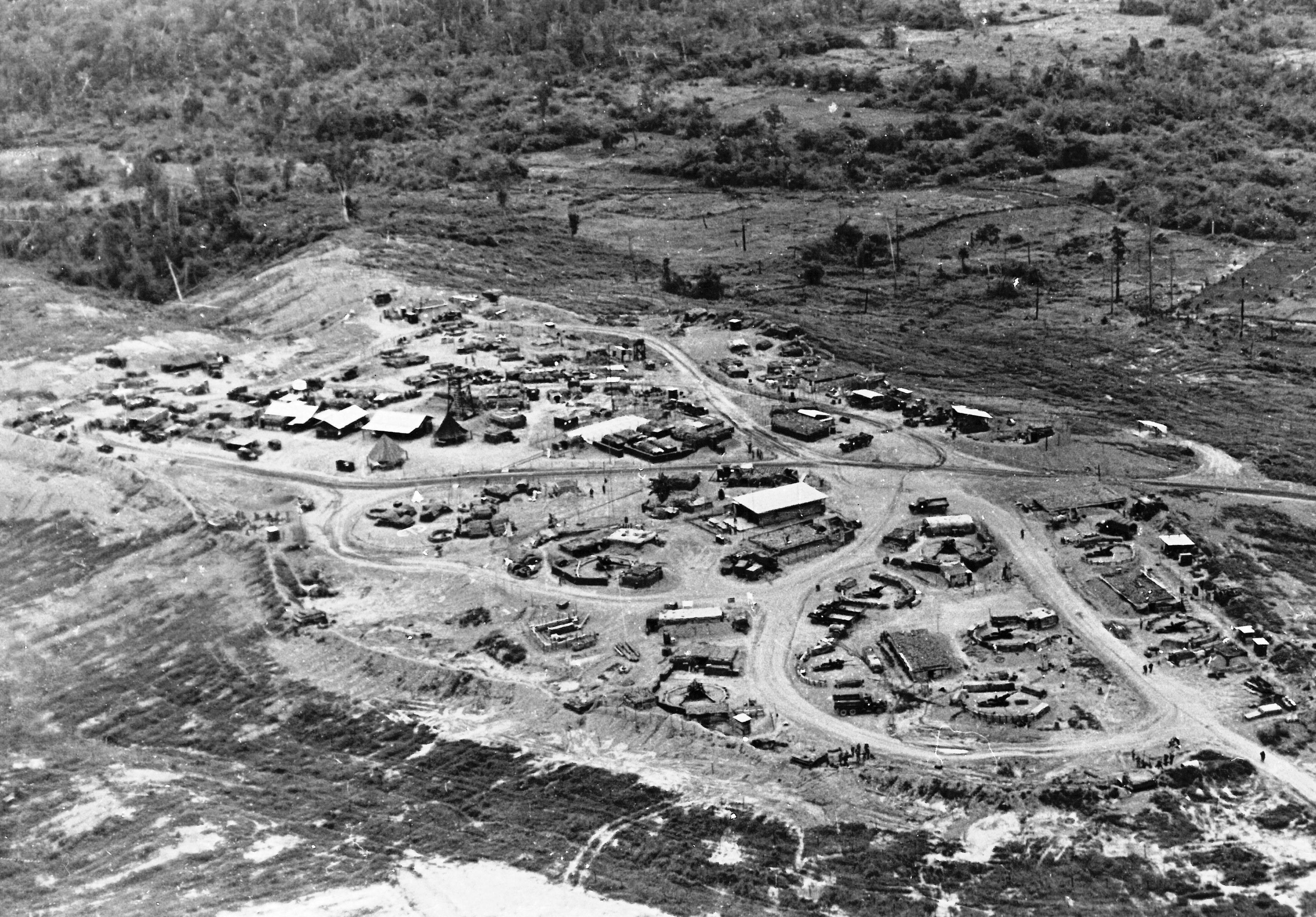

40th PIO
For much of late 1969 and 1970, FSB Nancy, located in northern Long Khanh Province next to the village of Dinh Quan, served as the headquarters for the "Warrior" battalion and Charlie Battery of the 2-40th Artillery.
The geography surrounding the firebase was well-known throughout the country because of the large granite rock formations that were found there. The base was also in an active and hot AO with frequent contacts between the Redcatchers and the NVA/VC forces in the rolling hills and triple canopy jungle of the region.
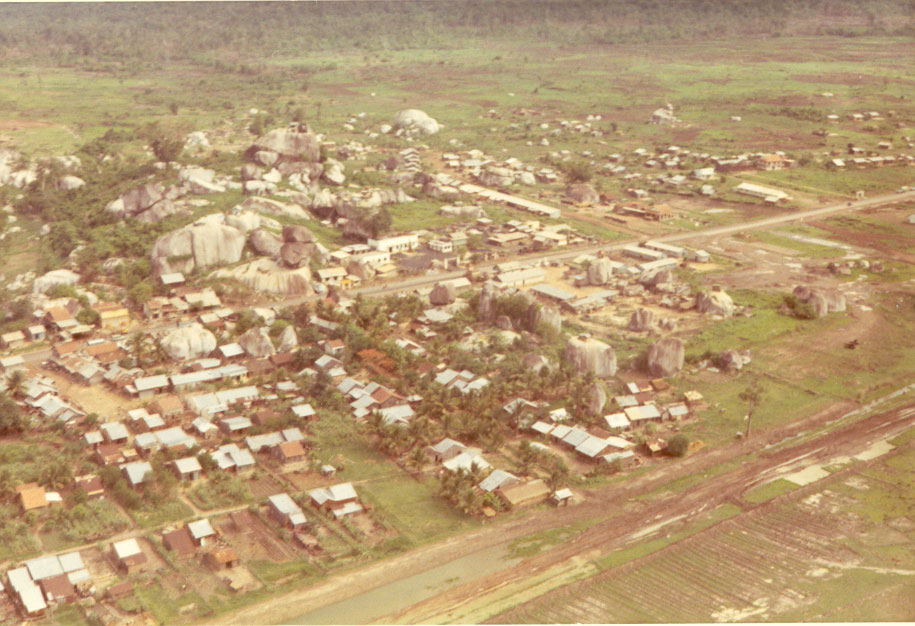
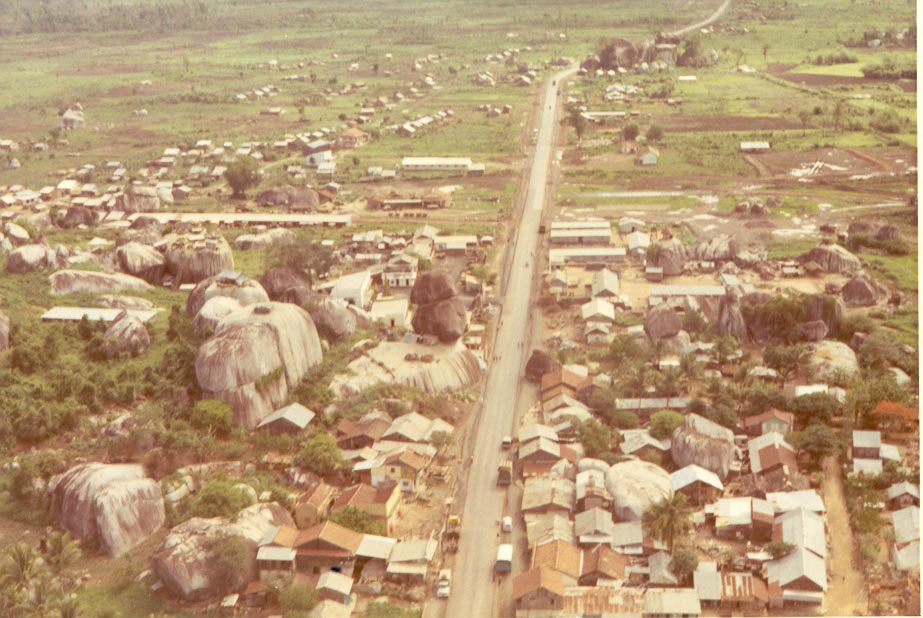

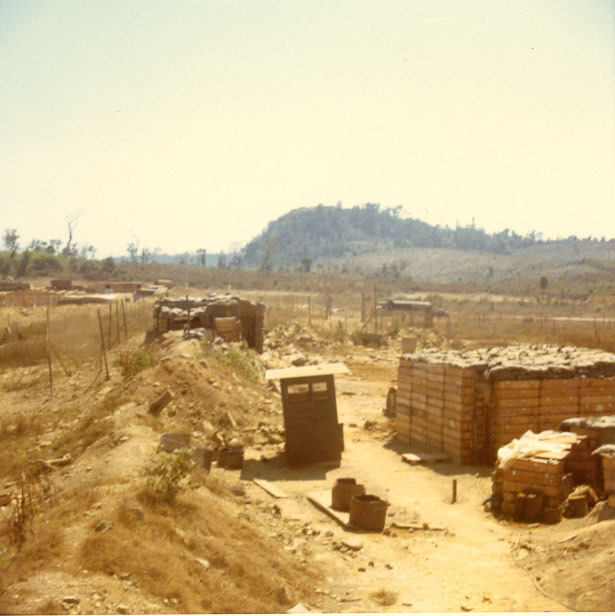
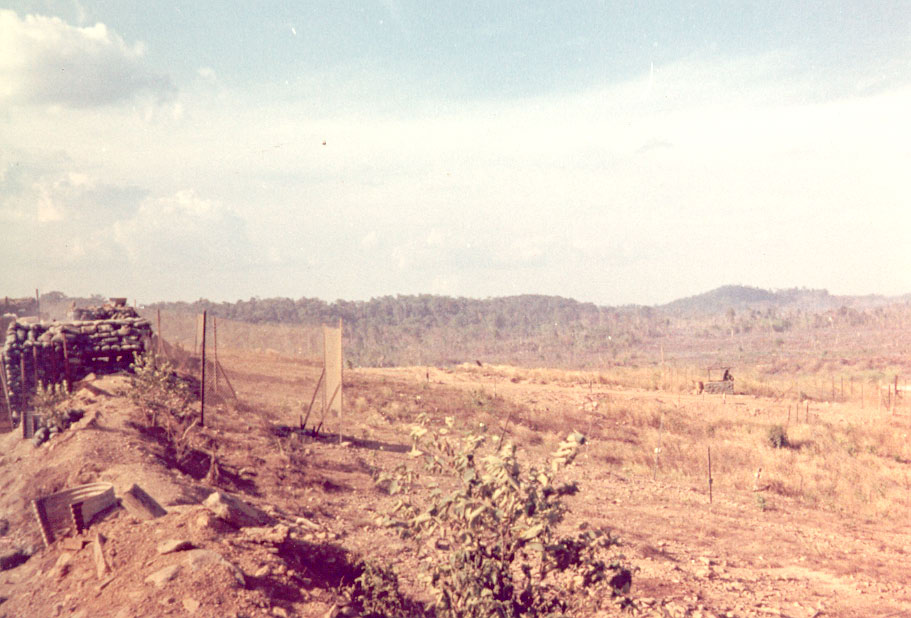
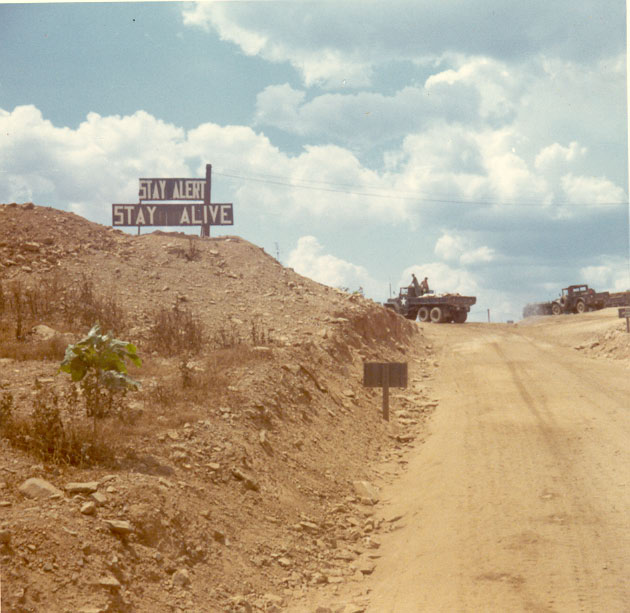
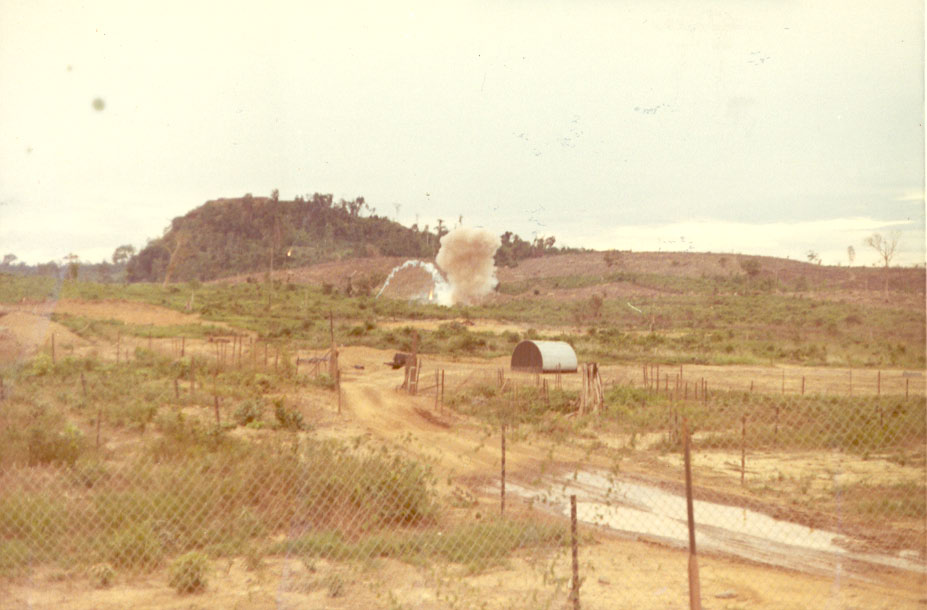
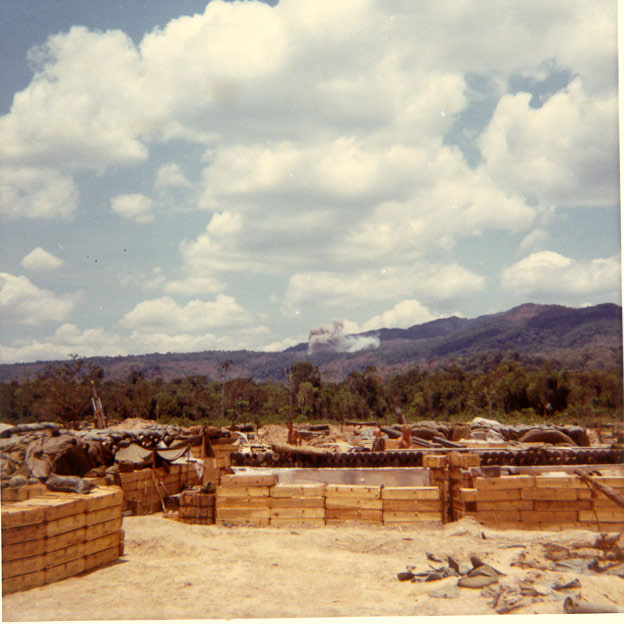
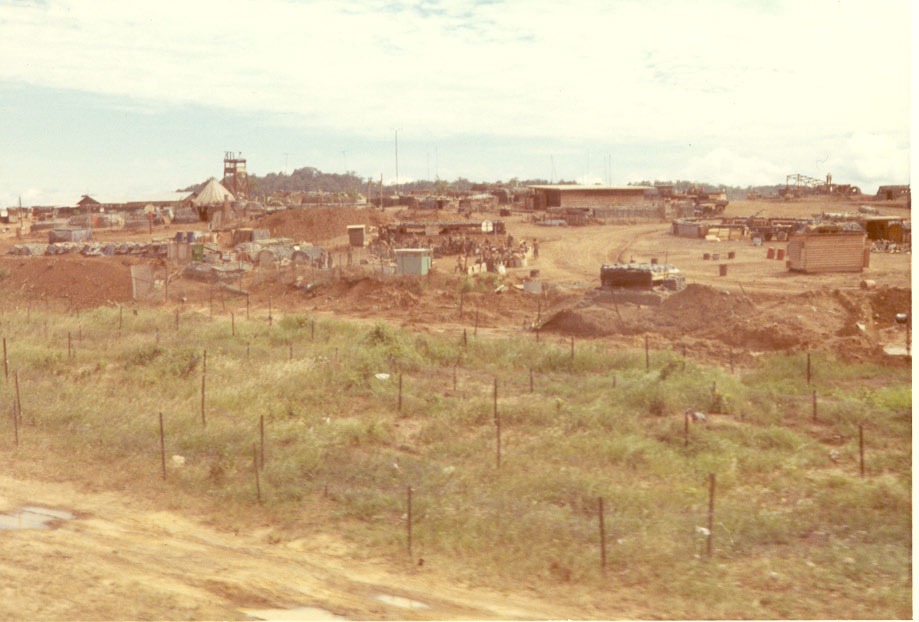


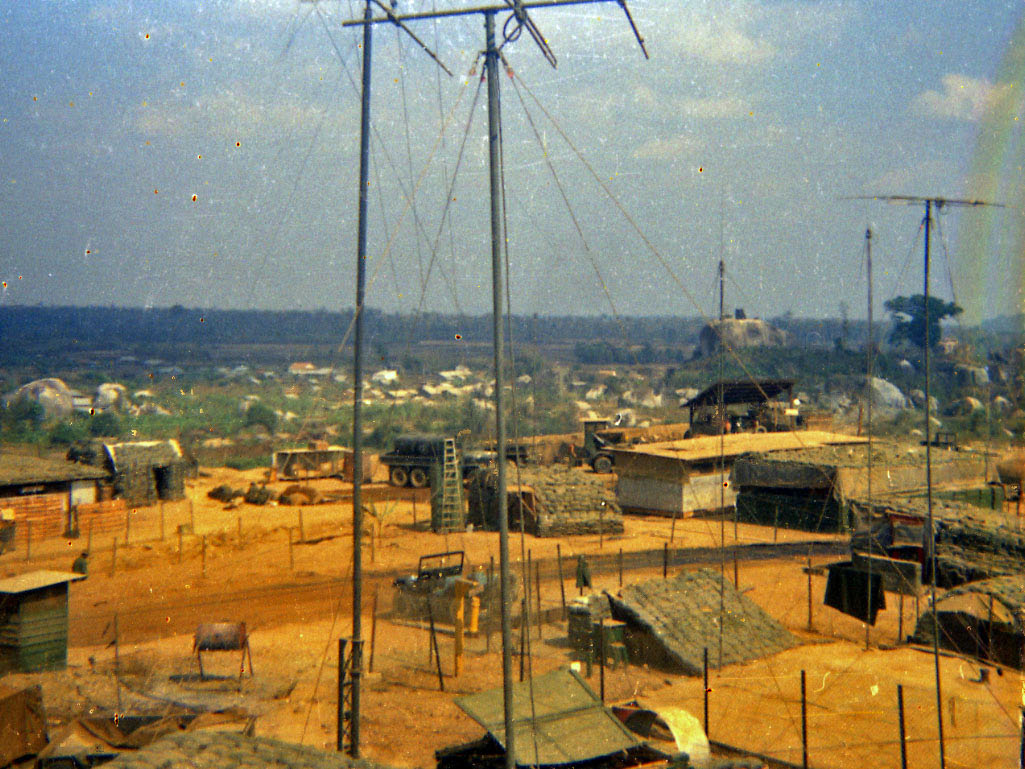


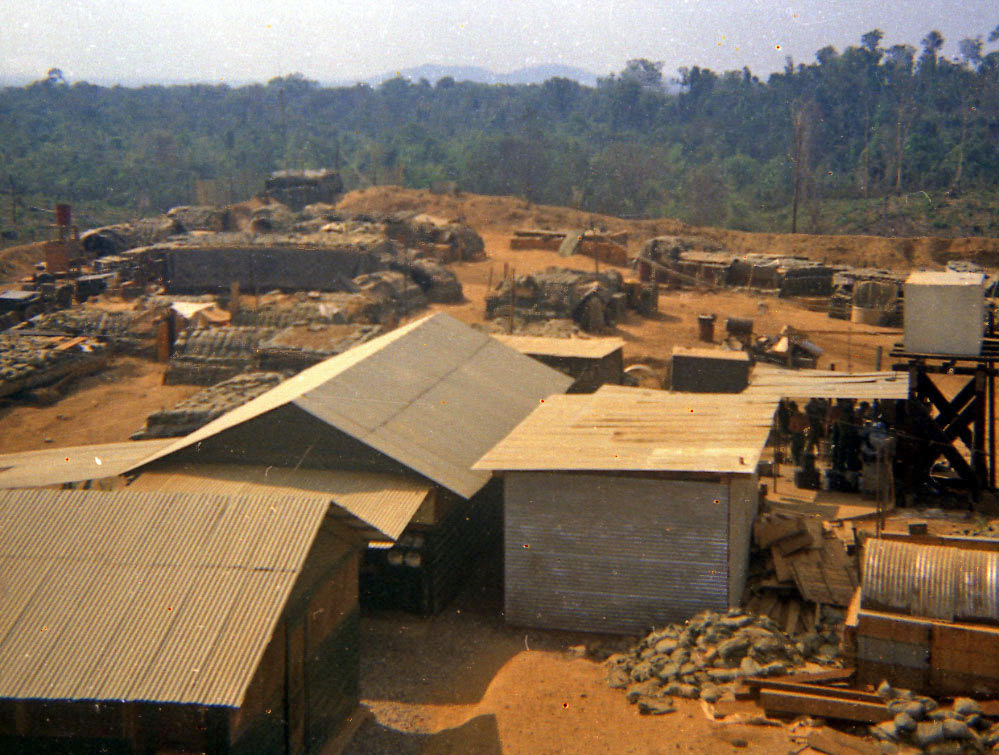




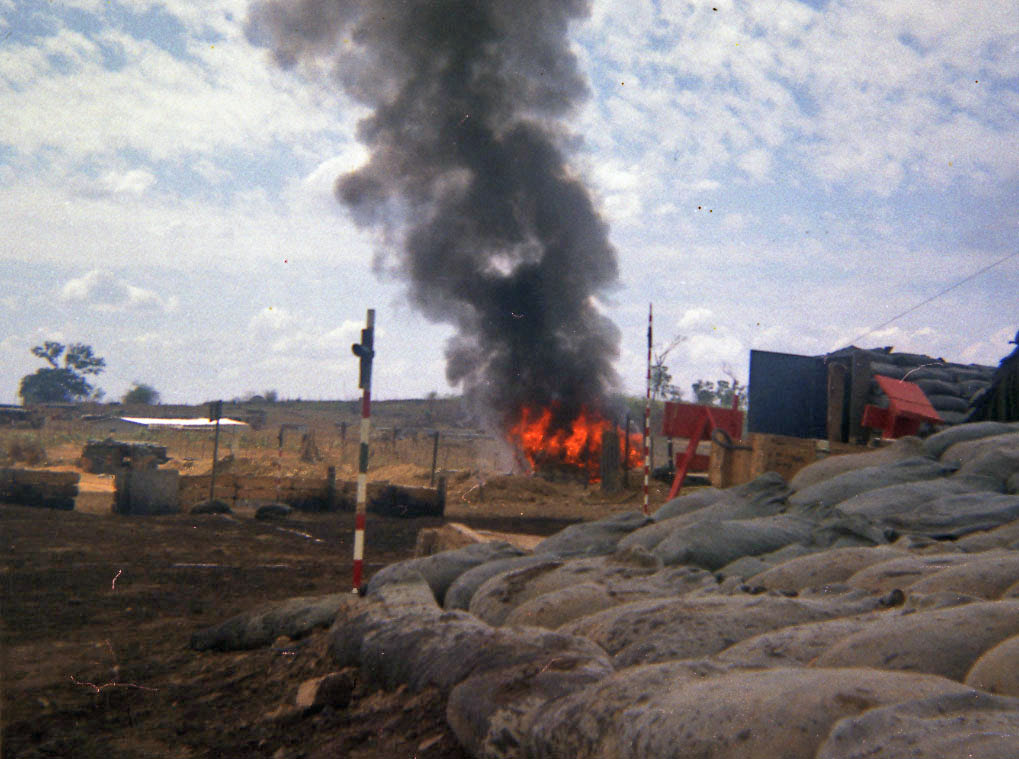
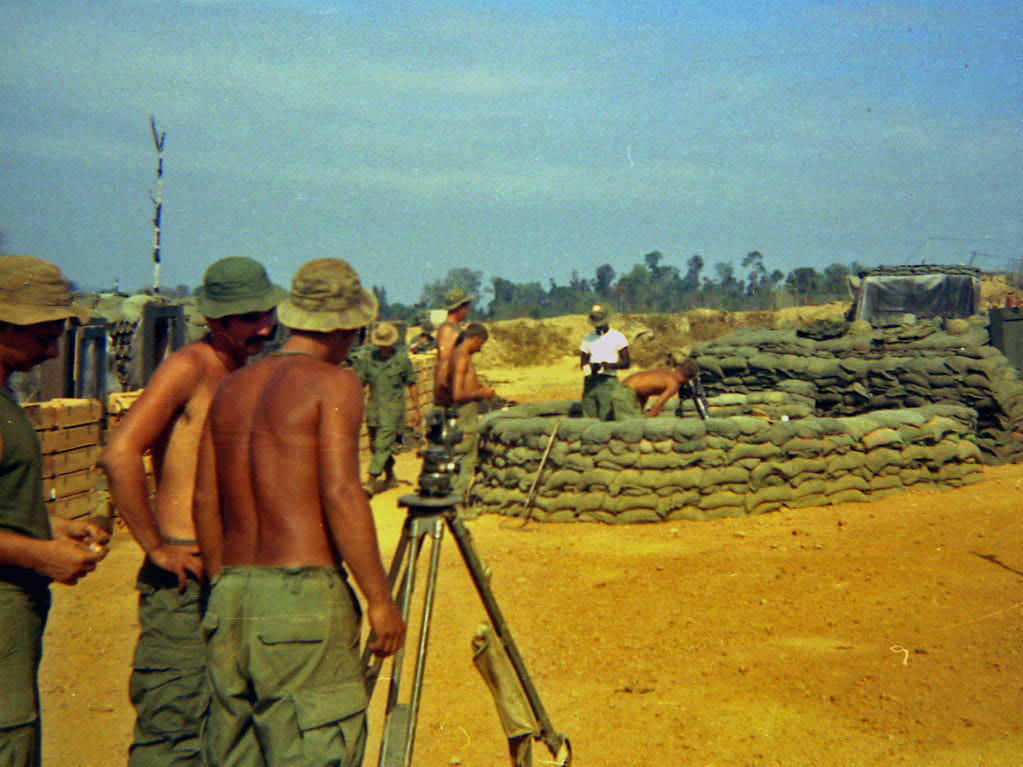
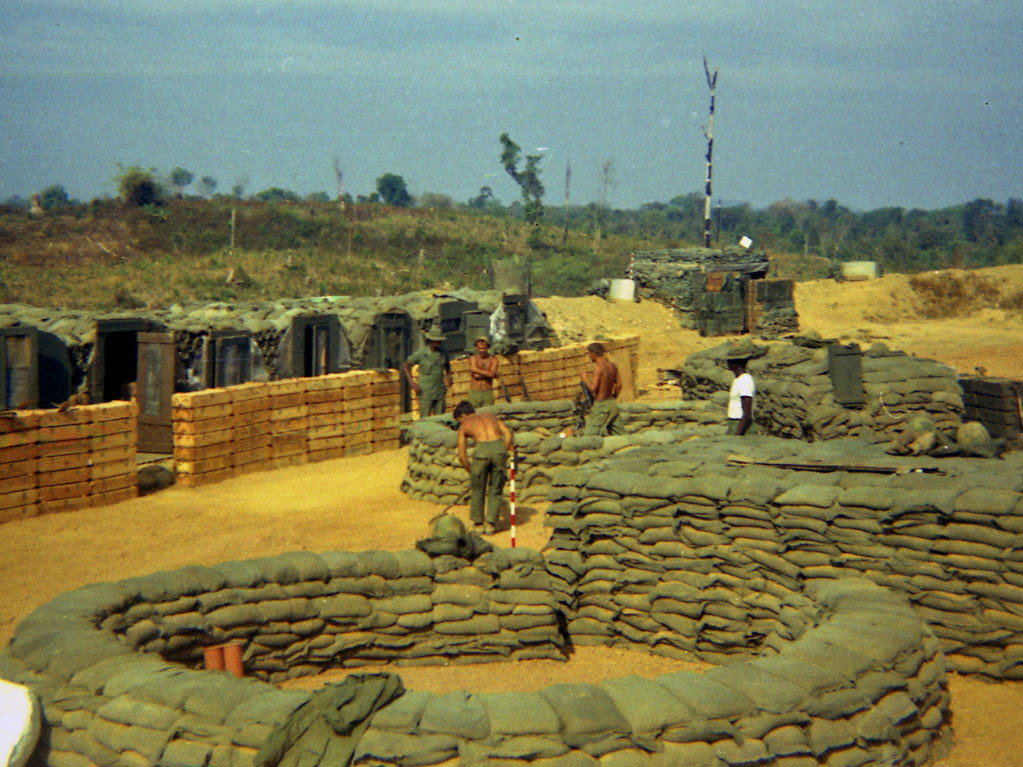
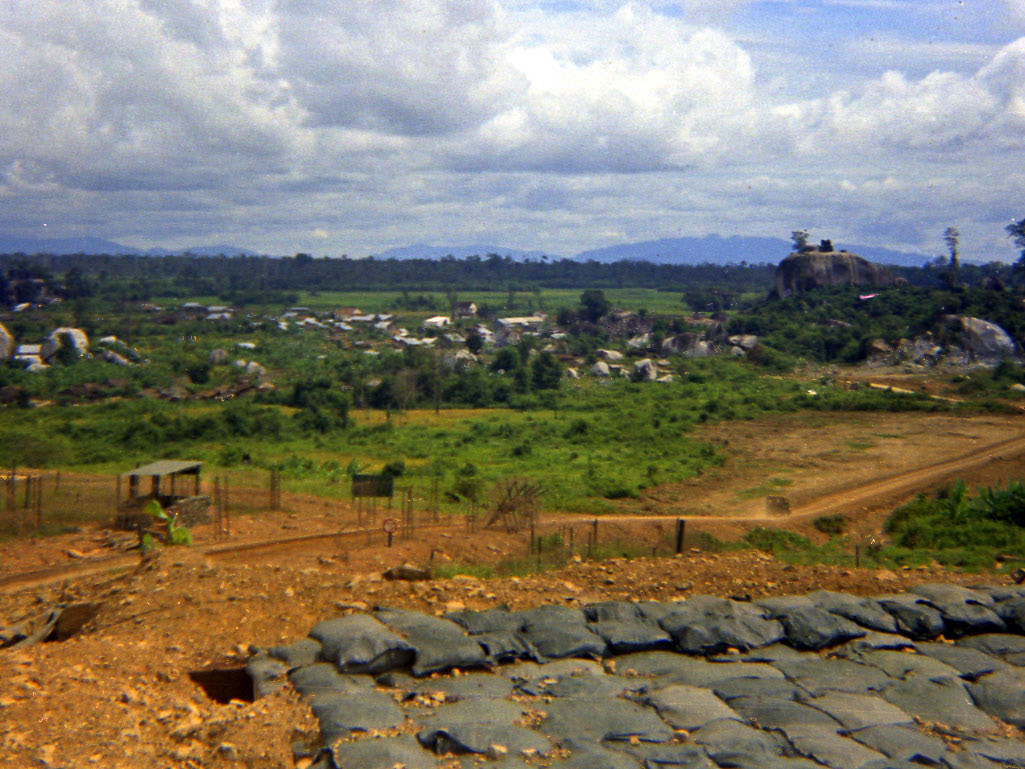
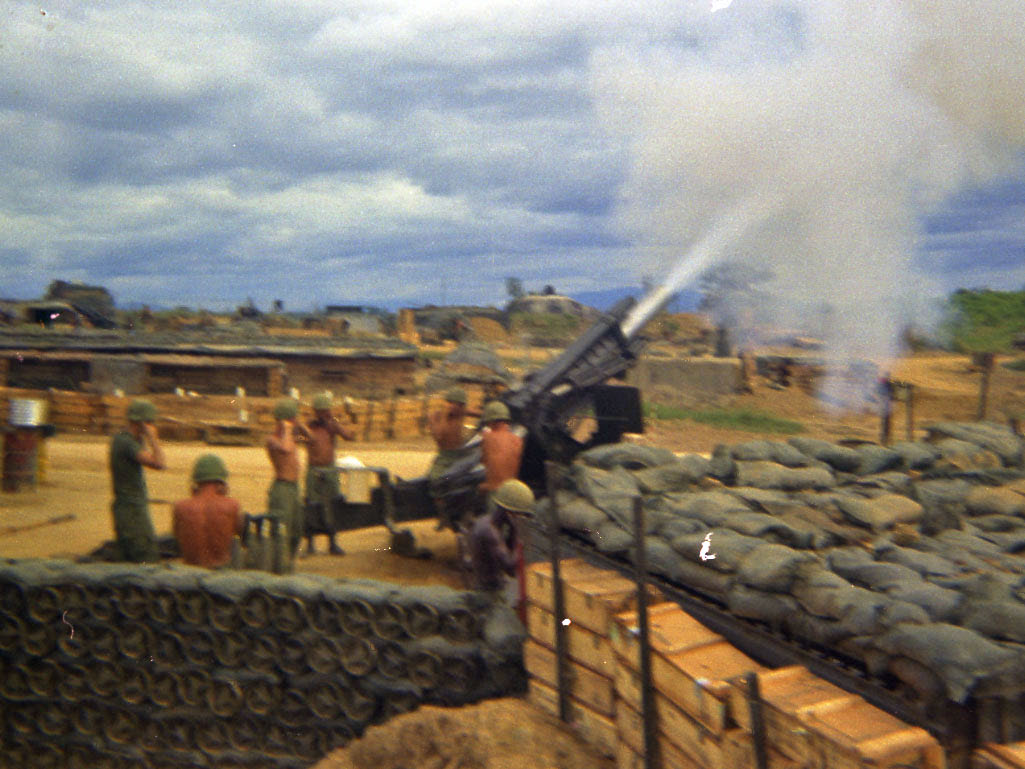
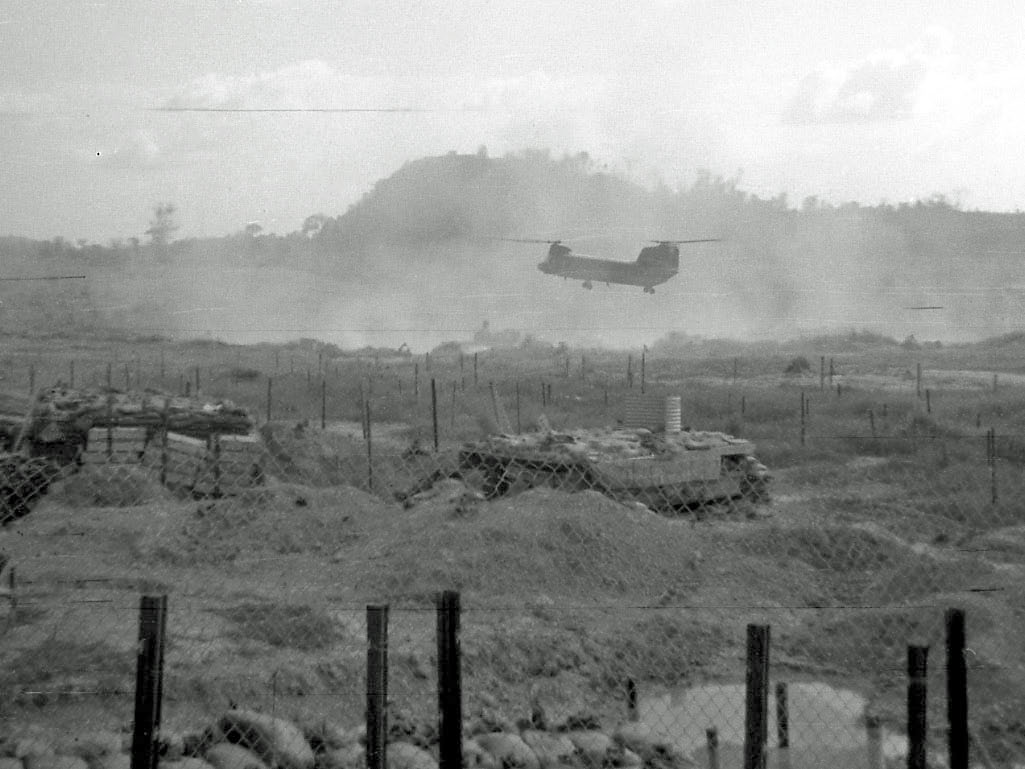



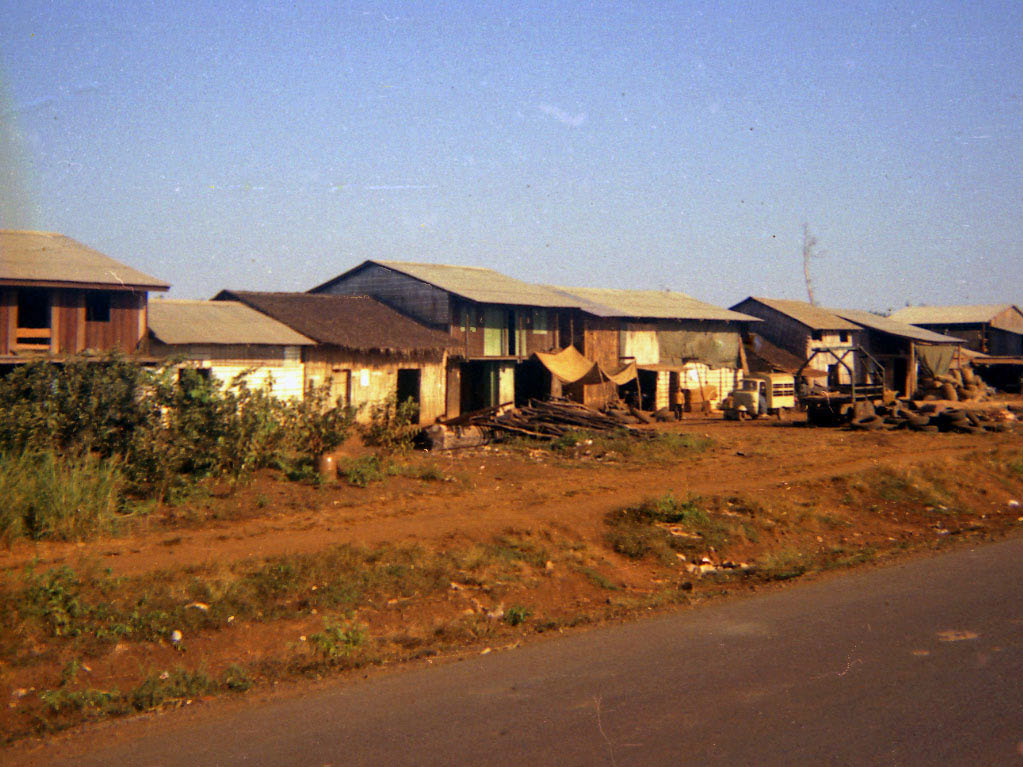
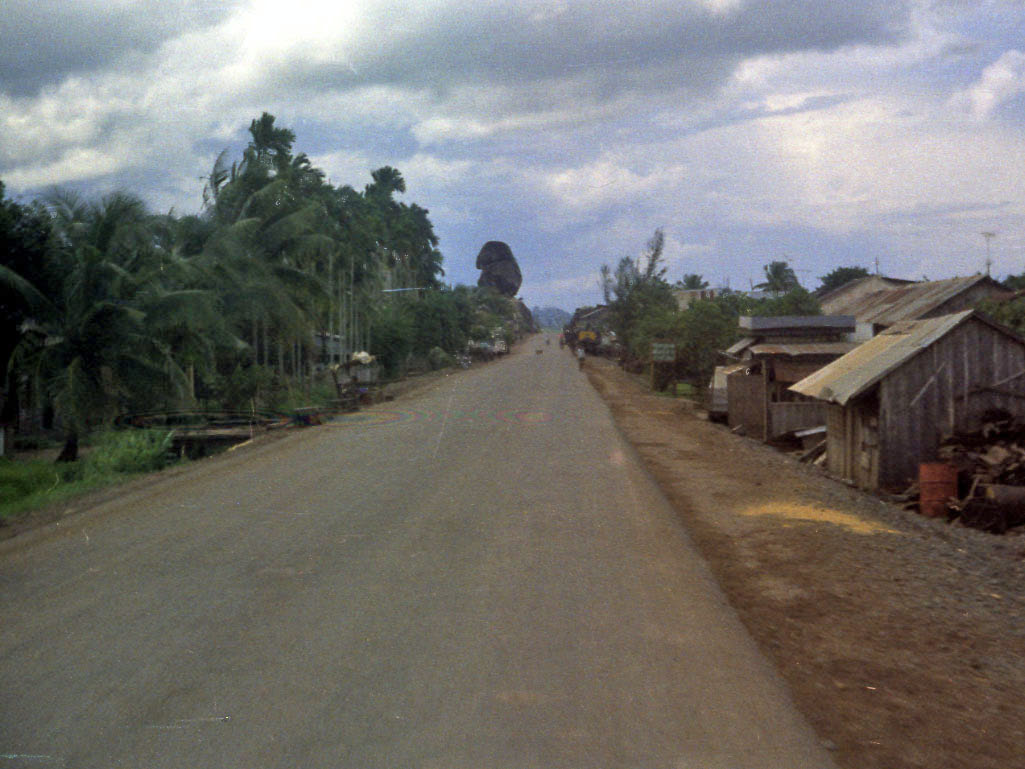
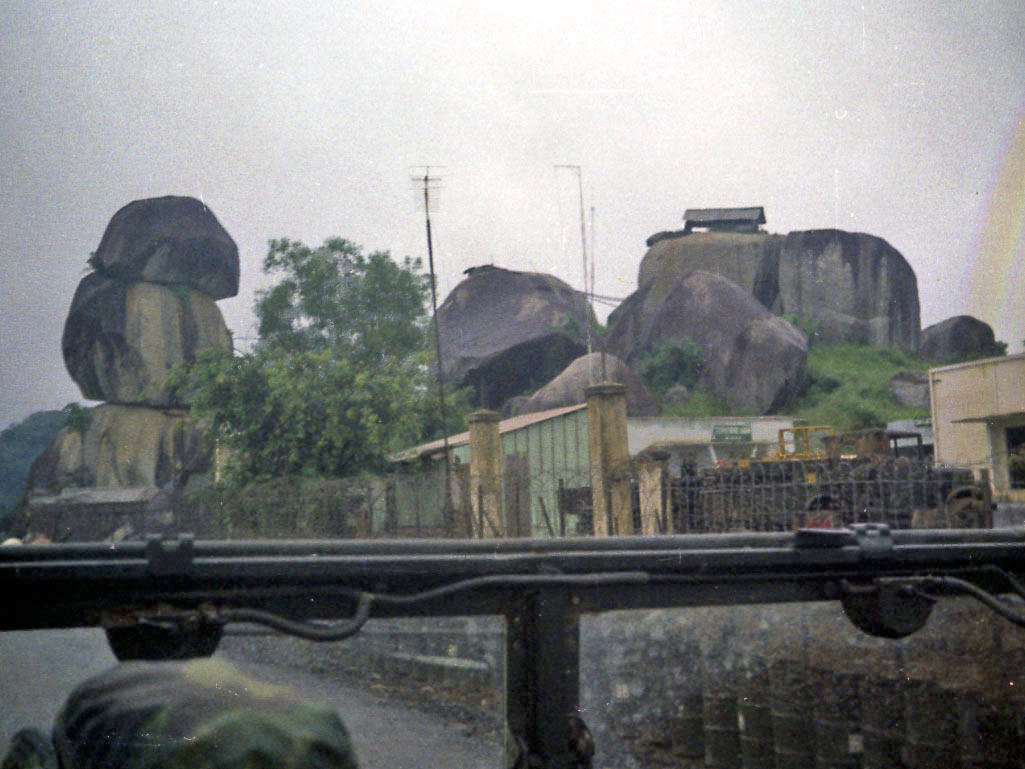
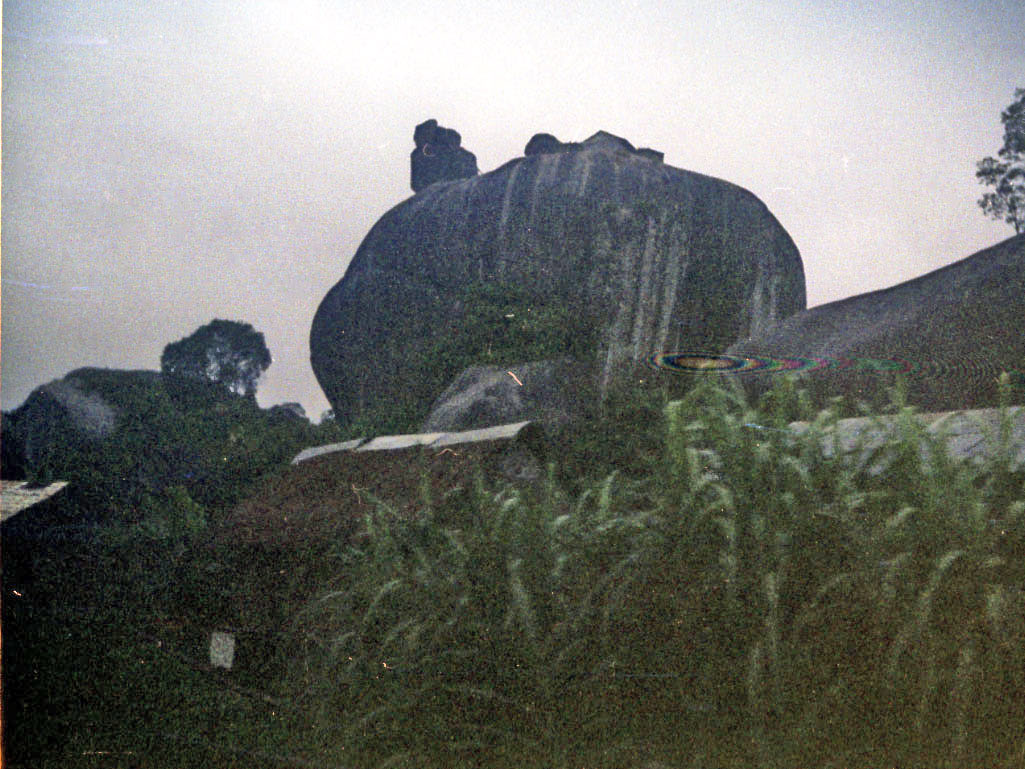
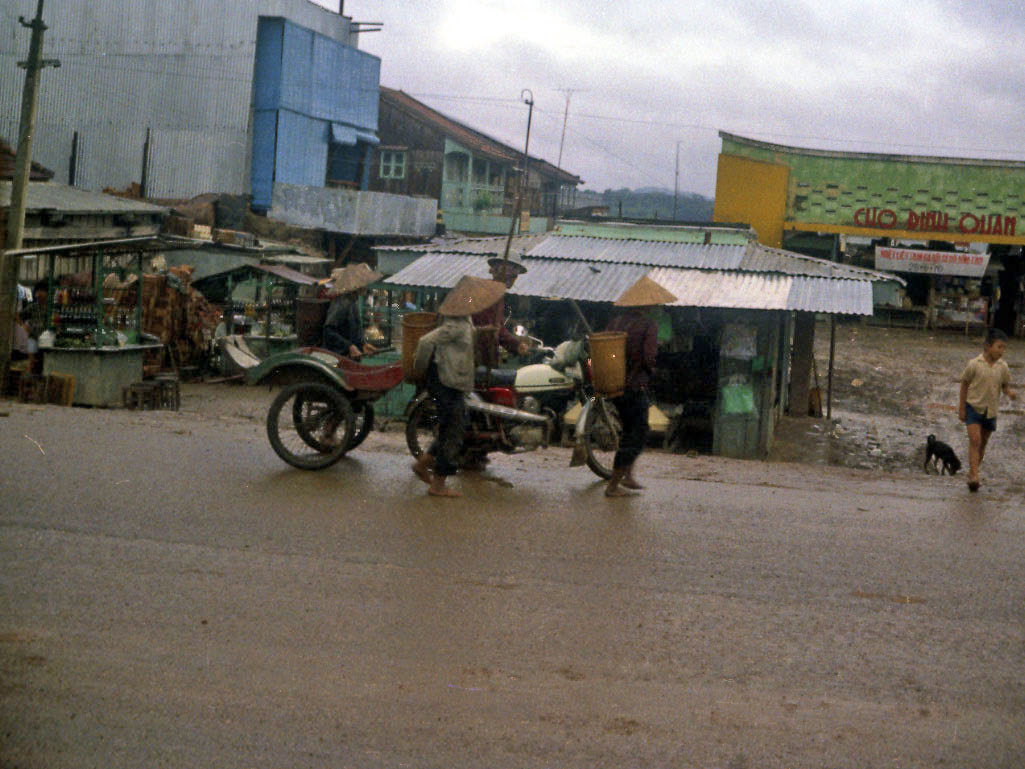
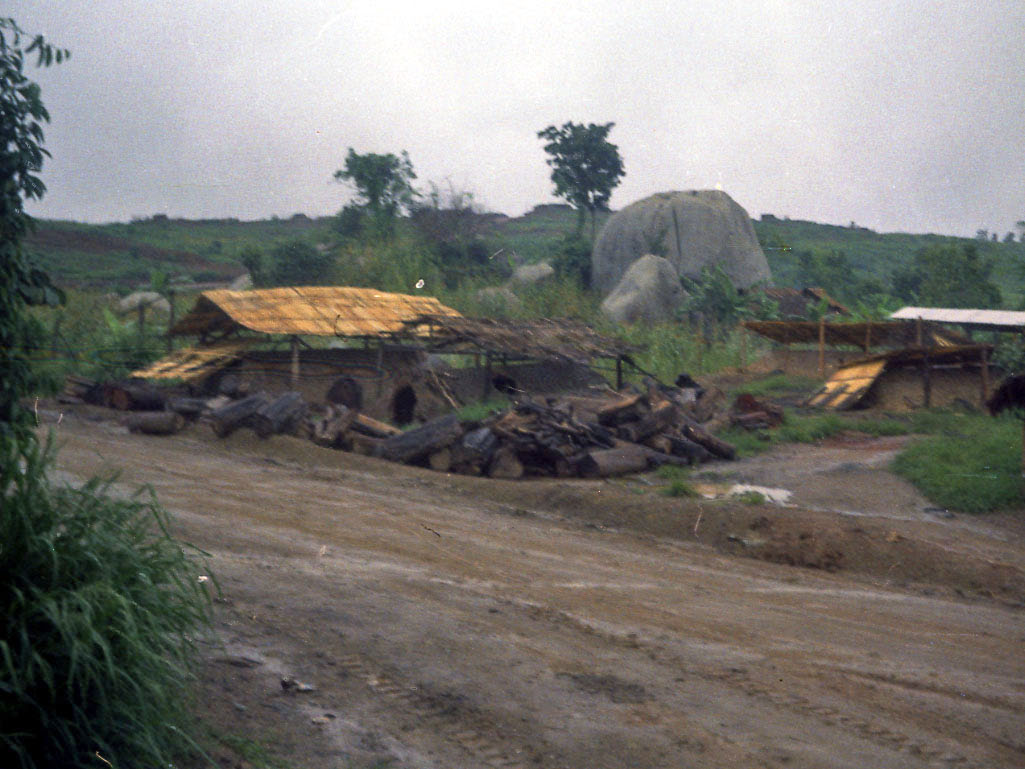
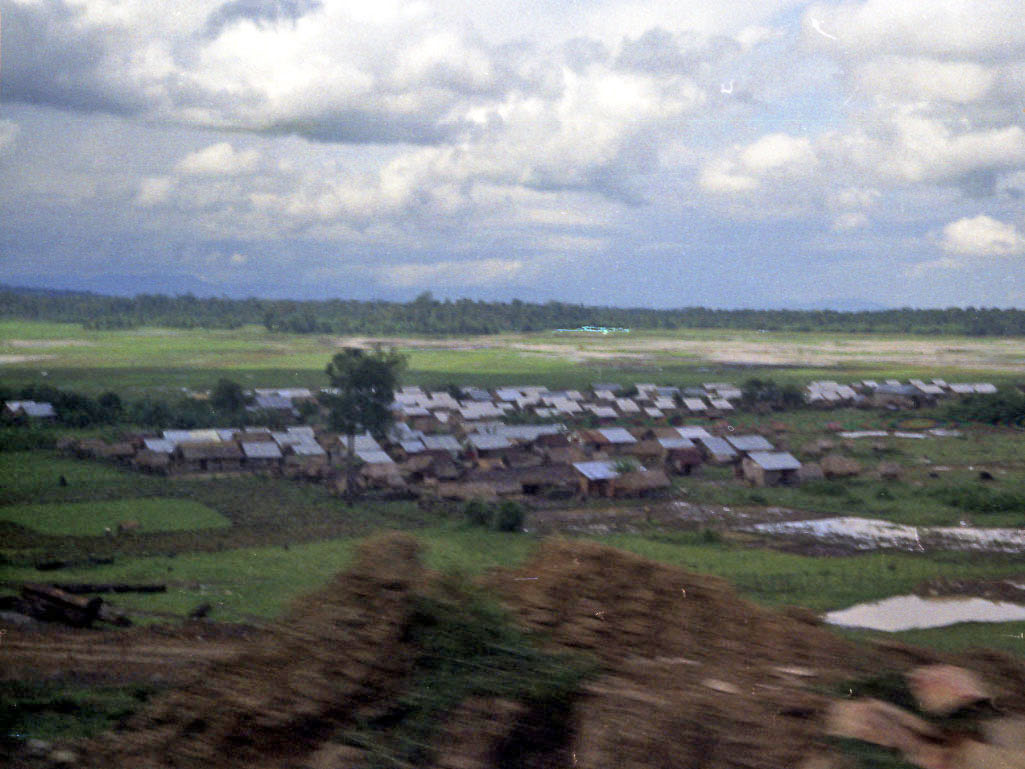
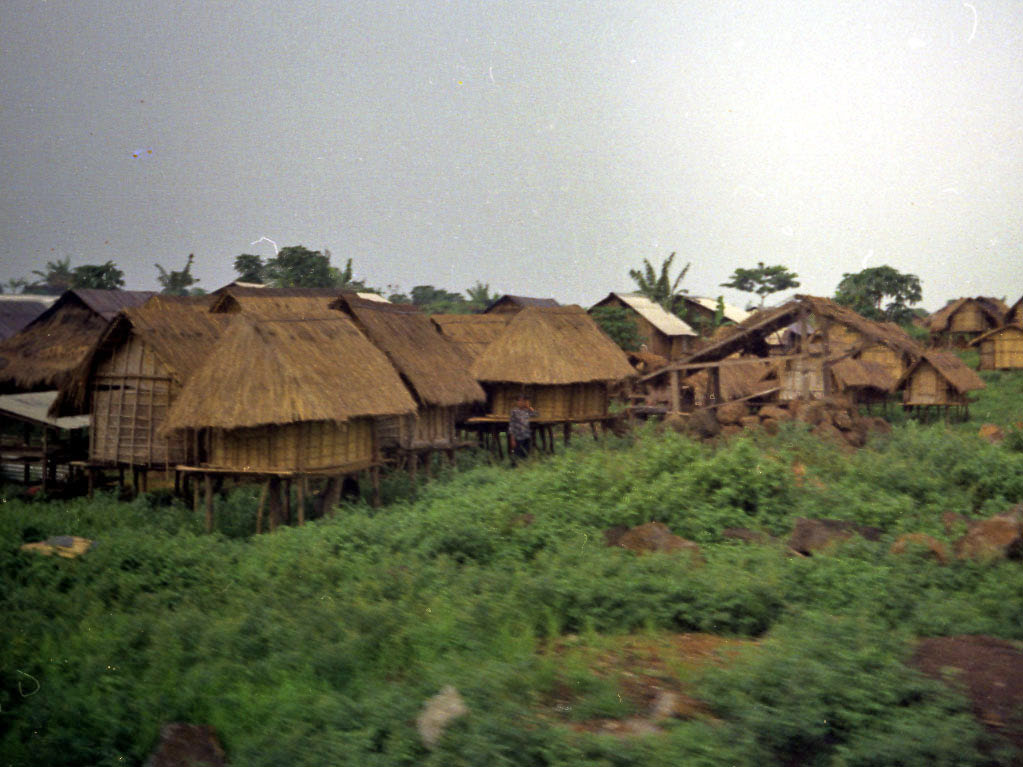
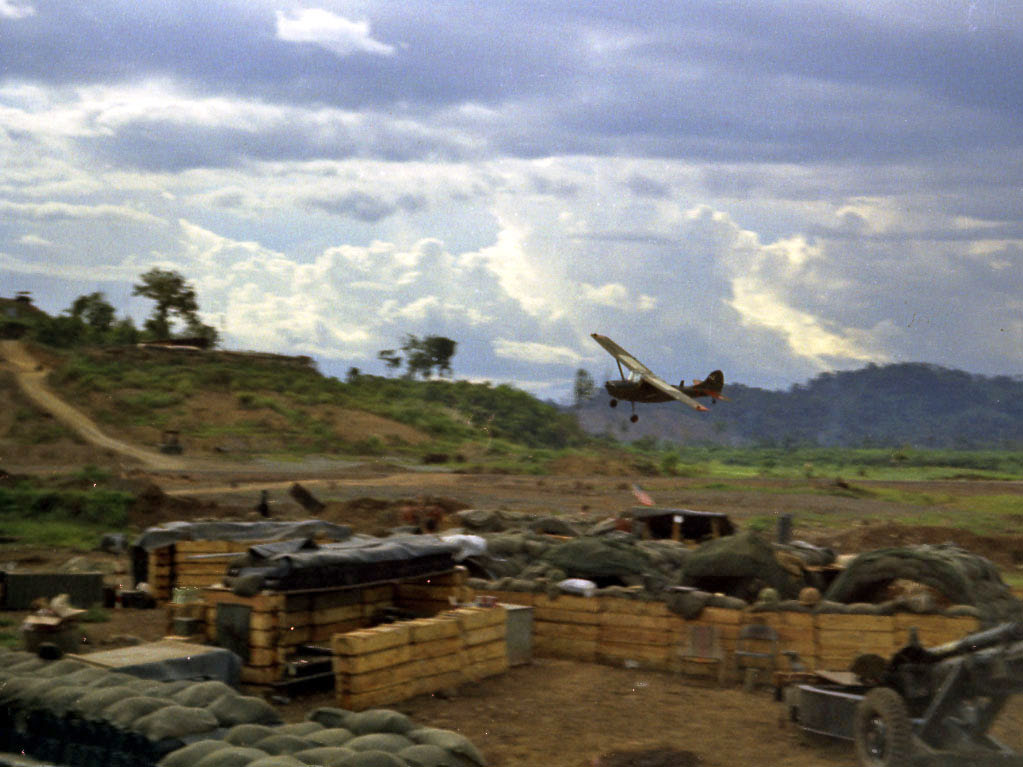
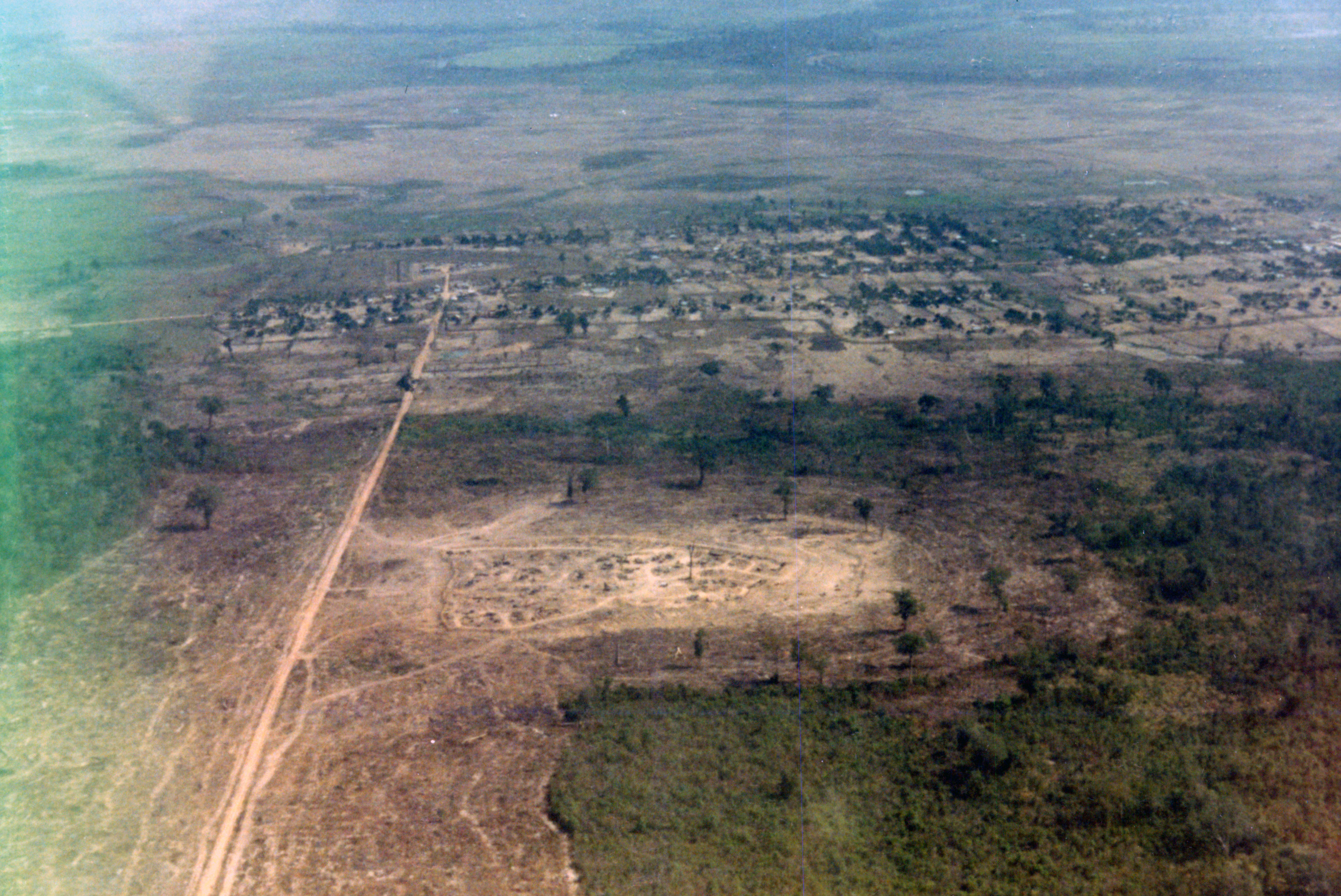

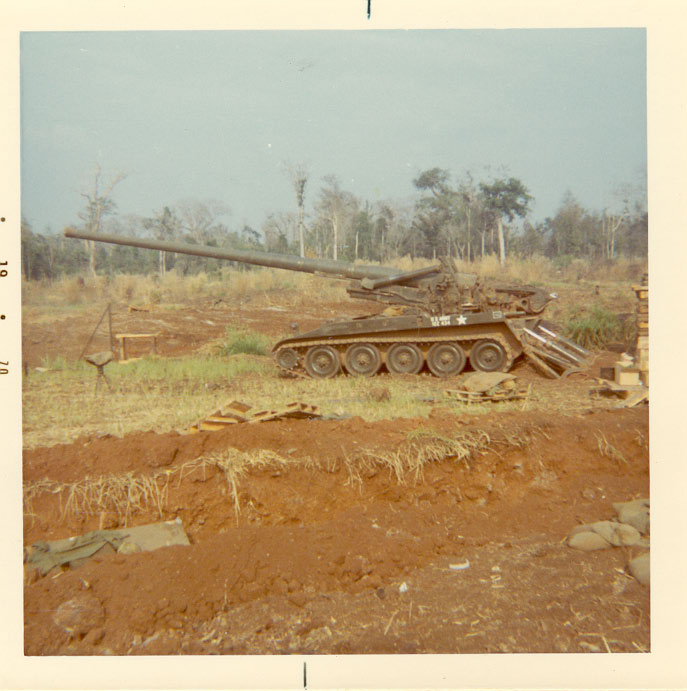
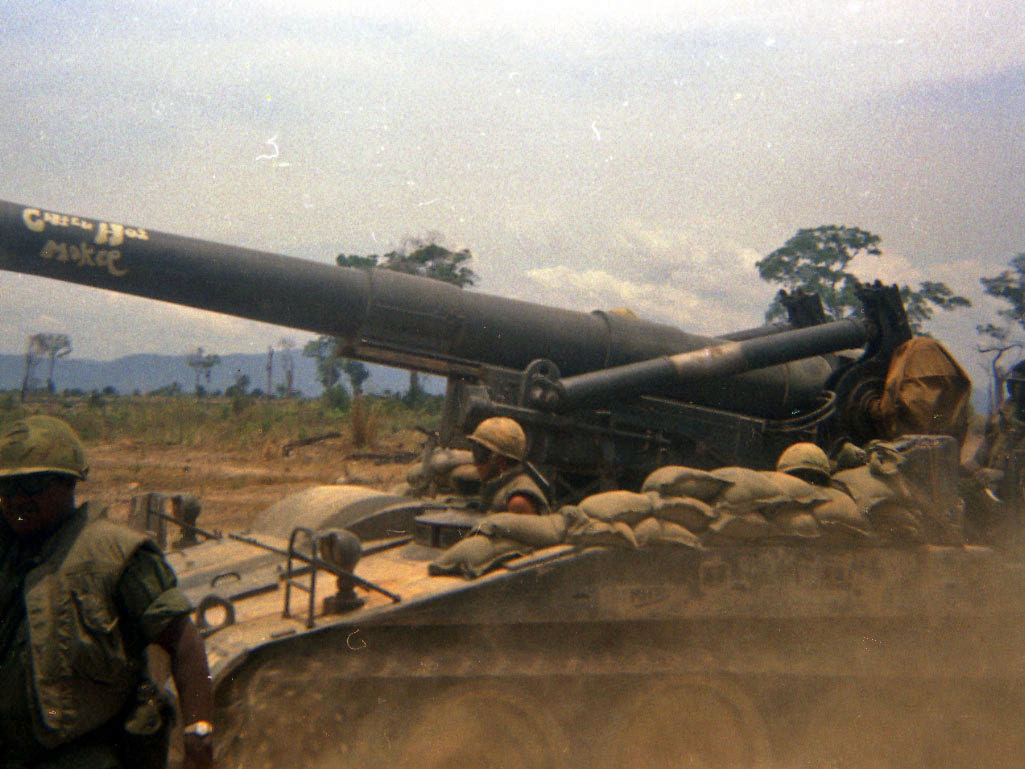
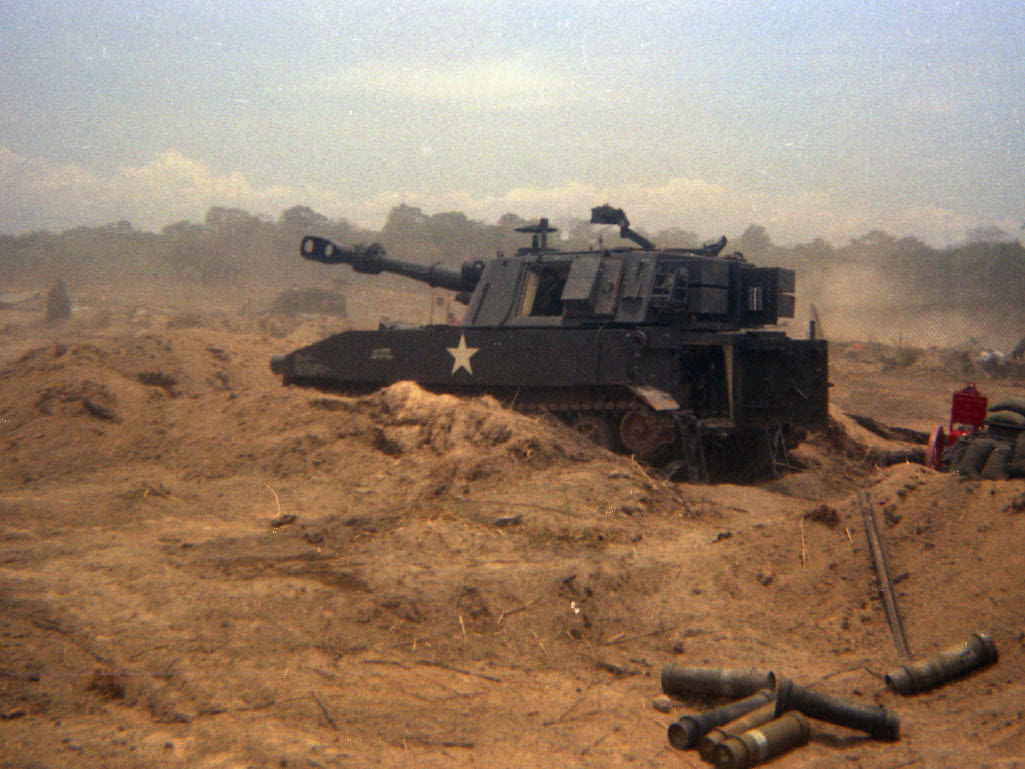

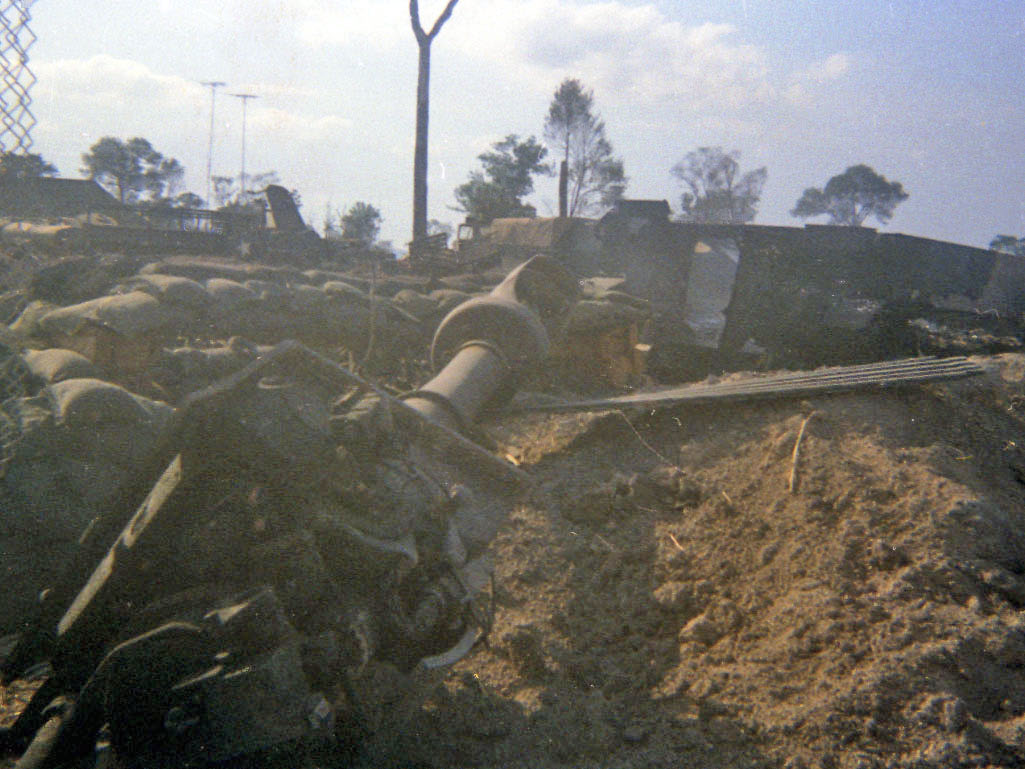

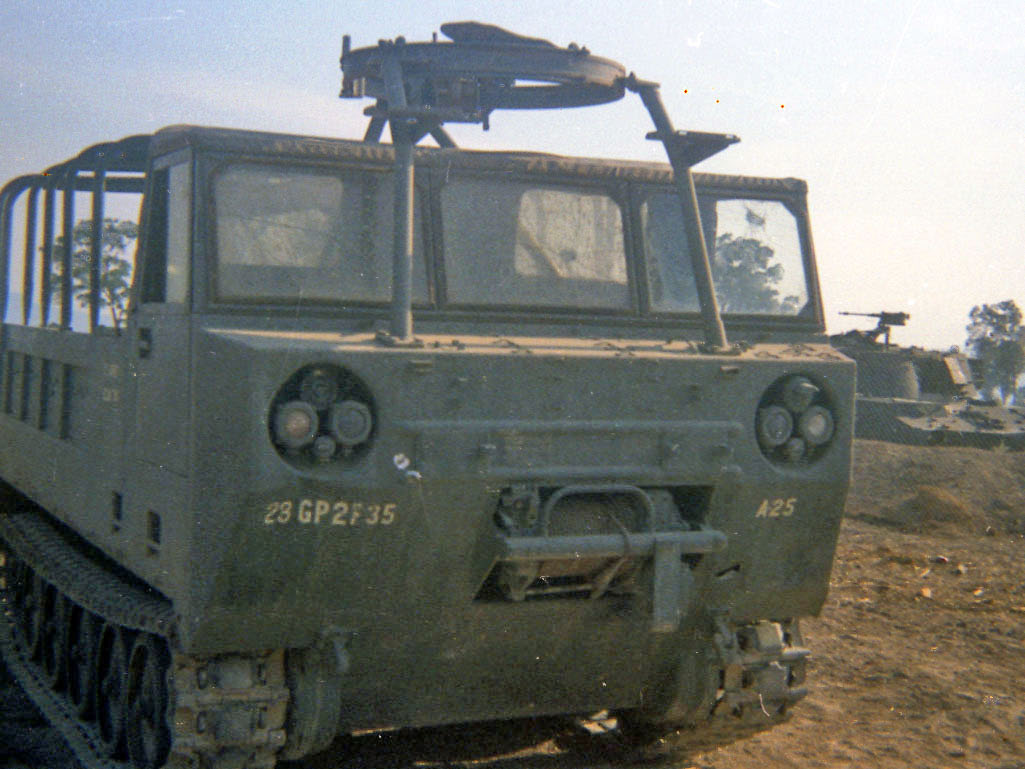
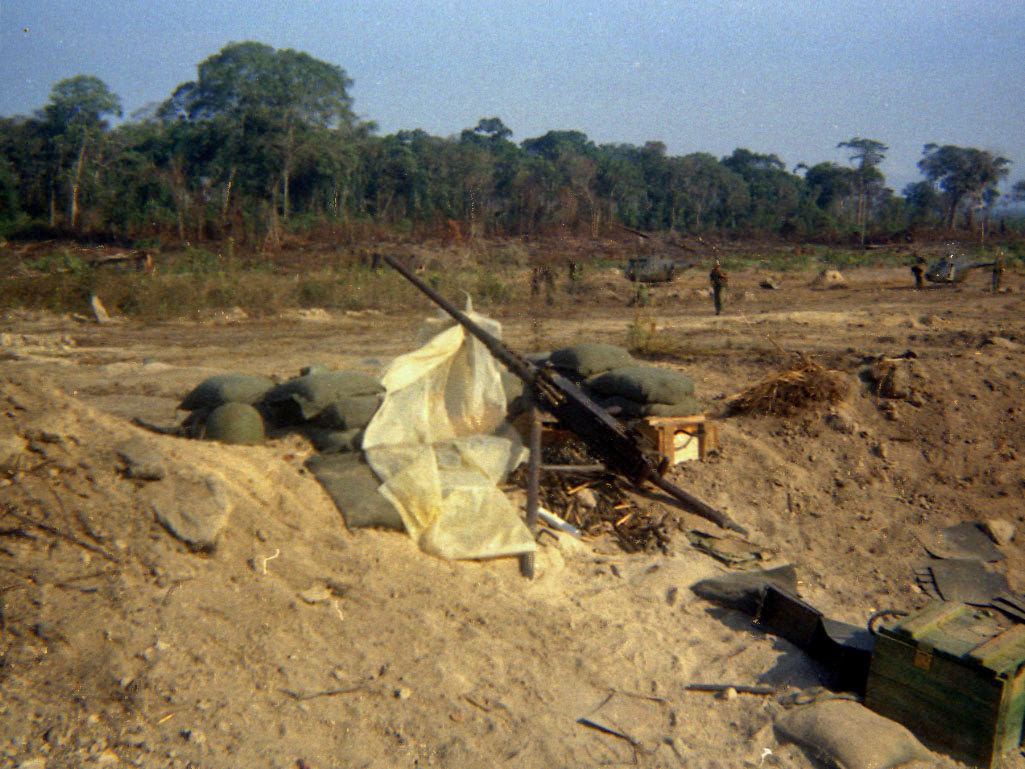
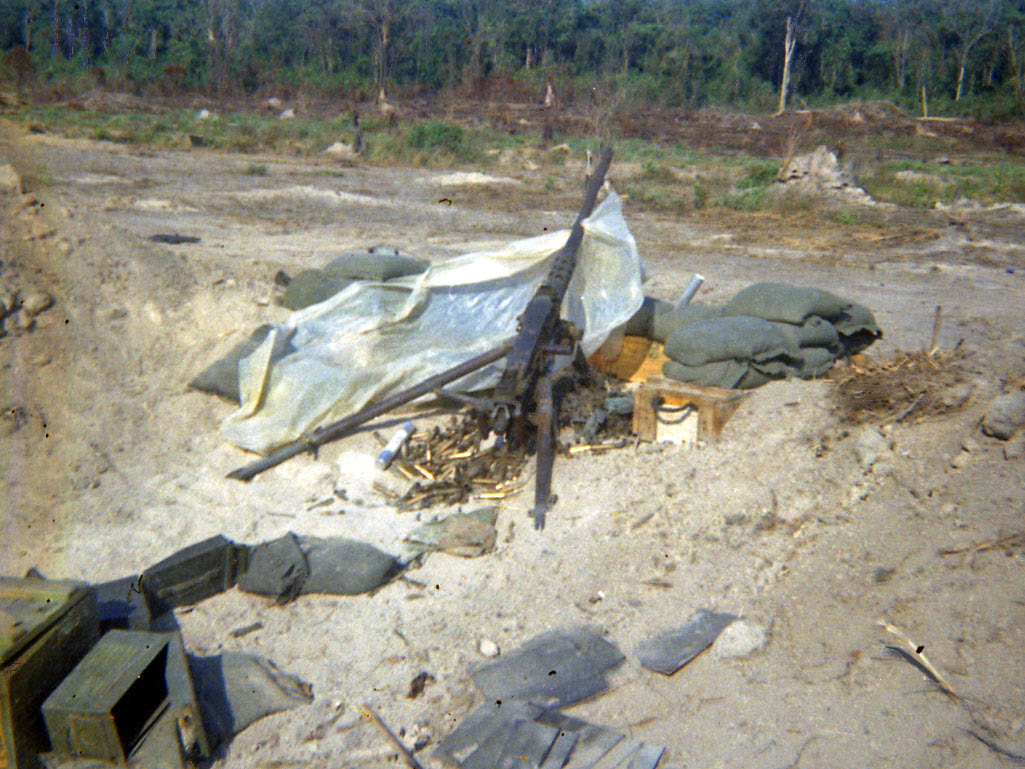

For much of late 1969 and 1970, FSB Nancy, located in northern Long Khanh Province next to the village of Dinh Quan, served as the headquarters for the "Warrior" battalion and Charlie Battery of the 2-40th Artillery.
The geography surrounding the firebase was well-known throughout the country because of the large granite rock formations that were found there. The base was also in an active and hot AO with frequent contacts between the Redcatchers and the NVA/VC forces in the rolling hills and triple canopy jungle of the region.





































FSB Den (or Dinh)
18 April 1970
**This section is by no means a concise or official account about the “Battle of FSB Den.” Instead, these are the recollections of a few valiant men from the 199th that were there that night on the ground and witnessed what happened on their part of the line.**
In the early morning hours of April 18, 1970, Fire Support Base Den, located a few klicks east of the village of Dinh Quan and FSB Nancy (and in a super-active sector of the 4-12th Infantry’s AO), was hit hard by a coordinated ground and rocket attack by elements of the 33rd NVA Regiment.


Bravo and Charlie Companies of the 4-12th Infantry, a three gun section of 105’s from Charlie Battery, 2-40th Artillery, and a six gun section of Self-Propelled 155’s from A/2-35th Artillery were there to provide security and fire support for units operating in the area. (A couple of days before, an 8 inch gun from II Field Force had been there as well put pulled out to another location. "When this gun fired, it got everyone's attention.")




Sometime after 0300 on 18 April, the firebase was hit with round after round of heavy mortar and RPG fire. During the barrage, several enemy sappers used the diversion to get inside the perimeter and begin hurling satchel charges and grenades. One NVA charge landed either in or near the FDC bunker where 1LT Charles F. Deeble was killed. (A large, dead tree stood in the center of the basecamp’s perimeter which was used as an aiming stake for the NVA gunners. It should have been removed when the base was being constructed but wasn’t. See the first image above for the tree).
At end of the barrage or at some point during the early stages of the ground attack, two of the SP 155’s were hit and destroyed by the NVA fire.

Roger Raymond of C/4-12 remembers smoke and spark trails from the countless RPG’s crisscrossing all over the perimeter and impacting before stopping. He and several other grunts from Charlie Company were manning a .50 caliber machine gun position on the perimeter line when the rounds starting screaming in. Directly behind them was a tracked ammunition carrier for the 155 SP’s in which they were seeking shelter during the barrage. As soon as the enemy artillery began to let up, they returned to their fighting positions and began to pump out return fire from the .50 caliber and their M-16’s. Several NVA RPG teams were located behind termite mounds less than 30 meters to their front.


Towards the end of the artillery barrage, a large number of NVA infantrymen came charging out of the treeline intent on overrunning the base where they were cut down and stopped short by small-arms and 105/155 direct-fire utilizing high-explosive and beehive rounds. Some of the GI’s on the berm actually heard bugles blowing in the treeline when the NVA first attacked.


By first light, with air-support and artillery fire increasing in intensity around the firebase, the fight was beginning to fizzle out as what was left of the NVA attackers being making their way back into the jungle. They left behind anywhere from 30 – 60 dead and large quantities of discarded weapons and equipment.
Redcatcher and A/2-35th Artillery personnel losses were heavy with two killed and an estimated 35 or more wounded. (Although there is an article about this fight in the 199th Redcatcher! newsletters, the story is overly-generalized and vague, leaving out many important details and events about the battle).

Roger Raymond shortly after the fight.
